Imaging Case of the Week 543
EMergucate
FEBRUARY 28, 2023
The elbow x-ray is from an adult patient with pain, swelling & inability to move their elbow after a fall on outstretched hand. What can be seen?
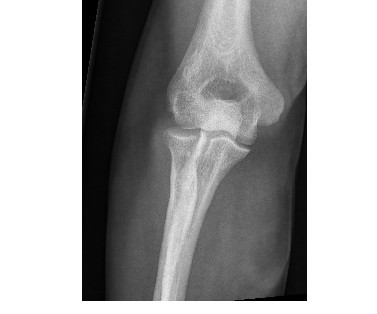
EMergucate
FEBRUARY 28, 2023
The elbow x-ray is from an adult patient with pain, swelling & inability to move their elbow after a fall on outstretched hand. What can be seen?
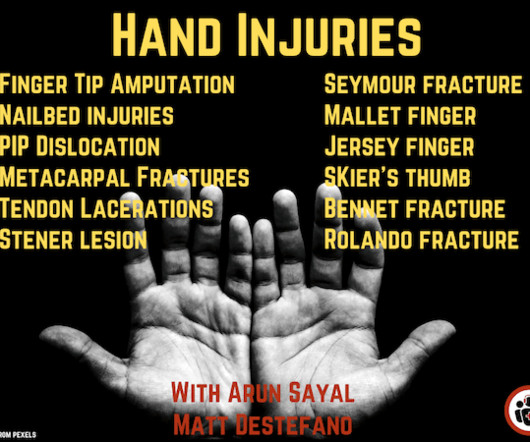
Emergency Medicine Cases
FEBRUARY 28, 2023
ED recognition and management of some commonly missed or mismanaged hand inuries including finger tip avulsions and amputations, nailbed injuries, PIP dislocations, metacarpal fractures, hand tendon lacerations, Stener lesions, Seymour fractures, mallet fingers, jersey fingers, skier's thumb, Bennet fractures and Rolando fractures with masters Dr. Arun Sayal and Dr.
This site is protected by reCAPTCHA and the Google Privacy Policy and Terms of Service apply.

The Skeptics' Guide to EM
FEBRUARY 25, 2023
Reference: Cashen K, Reeder RW, Ahmed T, et al. Sodium bicarbonate use during pediatric cardiopulmonary resuscitation: a secondary analysis of the icu-resuscitation project trial. Pediatric Crit Care Med. 2022 Date: February 15, 2023 Guest Skeptic: Dr. Carlie Myers is Pediatric Critical Care Attending at Cincinnati Children’s Hospital Medical Center.

Medgadget
FEBRUARY 27, 2023
Researchers at Northwestern University have developed a wearable that can detect when someone is talking or singing, and tallies this information up to provide a warning when the wearer might be at risk of vocal fatigue. Overusing your voice in a short space of time can lead to vocal fatigue and even injury. This technology is useful for patients with vocal disorders, but also for people who rely on their voices a lot, such as singers, politicians, and teachers.
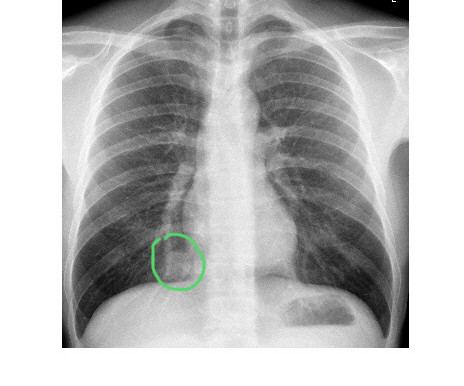
EMergucate
FEBRUARY 27, 2023
The chest x-ray shows a cavity near the right cardiophrenic angle.

Emergency Medicine Cases
FEBRUARY 28, 2023
Dr. Jesse McLaren on when to consider Spontaneous Coronary Artery Dissection (SCAD), which patients are at risk for reocclusion, and the challenges of diagnosing SCAD in patients who have nonischemic ECGs despite silent occlusion, occlusions perfused by collaterals, or from non-occlusive MI on this ECG Cases. The post ECG Cases 40 – Approach to Spontaneous Coronary Artery Dissection (SCAD) appeared first on Emergency Medicine Cases.

Critical Care Scenarios
MARCH 1, 2023
We tackle the knotty dilemma of diagnosing and treating hyponatremia, with Dr. Paul Adams, a dual-trained nephrologist and intensivist at the University of Kentucky. Find us on Patreon here! Buy your merch here! Takeaway lessons Resources We tackle the knotty dilemma of diagnosing and treating hyponatremia, with Dr. Paul Adams, a dual-trained nephrologist and intensivist at the University of Kentucky.
Paramedicine Now brings together the best content for paramedicine professionals from the widest variety of thought leaders.
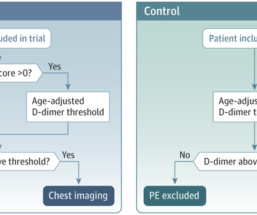
EMergucate
FEBRUARY 26, 2023
Effect of a Diagnostic Strategy Using an Elevated and Age-Adjusted D-Dimer Threshold on Thromboembolic Events in Emergency Department Patients With … Continue reading →
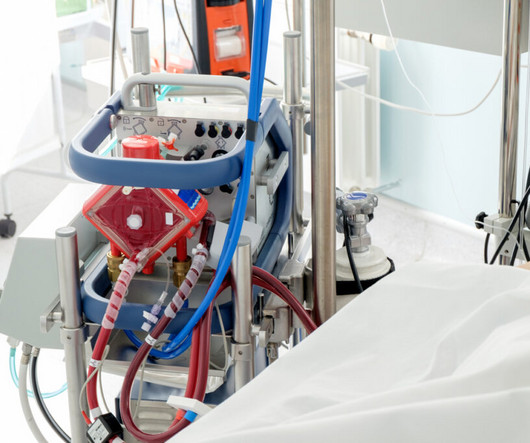
The Bottom Line
FEBRUARY 27, 2023
In patients with refractory out-of-hospital cardiac arrest (OHCA) and an initial ventricular arrhythmia, does extracorporeal cardiopulmonary resuscitation (ECPR), as compared with conventional CPR (CCPR), improve survival with a favourable neurologic outcome

K.S. Chew
MARCH 3, 2023
Before deep diving into the specific prompts that can be used to enhance research proposal writing, let me start this post by repeatingly remind each other as acdemicians and professionals, to use ChatGPT responsibly and ethically.

Medgadget
MARCH 1, 2023
Scientists at the University of Massachusetts Amherst have developed a biosensor that is based on protein nanowires that are created by bacteria. The protein nanowires are highly sensitive to ammonia, in this case, which is present in the breath of patients with kidney disease, but it is likely possible to create nanowires for a huge array of other health biomarkers.
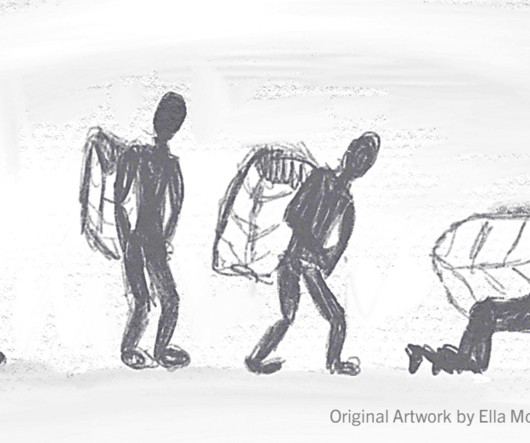
First Responder Wellness
MARCH 3, 2023
This article is courtesy of Patrick McCurdy, Retired Sergeant/Deputy. — Being a First Responder is difficult. You see and experience things on a regular basis that would send most people reeling in shock. Most people cannot even begin to imagine the depths of sorrow, tragedy, evil and darkness that you witness and deal with. Despite this, you courageously continue to go to the places that others would never dare to go, simply because you are driven by a deeply rooted sense of honor, commit

Dr. Smith's ECG Blog
MARCH 3, 2023
We are happy to announce that our "OMI Toolbox" application has just released and ready for your use. As myocardial infarction (MI) and many other diagnoses (for example left ventricular hypertrophy, prior MI etc.) can cause ST-segment elevation (STE) on electrocardiogram (ECG), the distinction between them may be hard and complicated. Furthermore, some ECGs may not meet the STEMI criteria but may still be diagnostic for acute coronary occlusion (ACO).

EM Literature of Note
MARCH 2, 2023
Down here, summer has ended – although, you wouldn’t know it from the 26C weather we’re having outside today. But, this means it’s been a few months since I’ve linked to my various #FOAMed resources around the web. First, and not least, the Annals of Emergency Medicine Podcast , the Ryan and Rory Show, recapping the articles from each month’s issue, available for free on your choice of streaming platforms: Apple Podcasts Google Podcasts Soundcloud Then, there’

Medgadget
FEBRUARY 27, 2023
Researchers at the Texas Biomedical Research Institute are developing a vaccine candidate against HIV. The vaccine is intended to block HIV entry into the body and is administered to the mucosal lining of the rectum and vagina to achieve this. The formulation then stimulates antibodies against HIV in precisely the areas where the virus first enters the body’s cells.

REBEL EM
MARCH 2, 2023
Background: Historically, we have treated acute coronary syndrome with supplemental oxygen regardless of the patient ’ s oxygen saturation. This intervention was based on the belief that pushing the patient’s PaO2 to supra therapeutic levels would increase O2 delivery to ischemic myocardium and help reduce myocardial injury. More recent evidence, however, demonstrates that too much oxygen could be harmful ( AVOID Trial ) by causing coronary vasoconstriction and increasing oxidative stress.
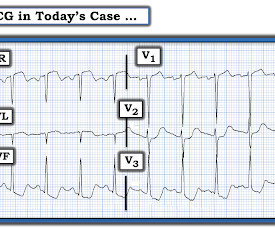
Dr. Smith's ECG Blog
MARCH 1, 2023
Sent by anonymous, written by Pendell Meyers A man in his late 40s presented to the ED with concern for allergic reaction after accidentally eating a potential allergen, then developing an itchy full body rash and diarrhea. In the ED he received methylprednisolone, diphenhydramine, and epinephrine for possible anaphylaxis. Shortly after receiving epinephrine, the patient developed new leg cramps and chest pain.

Prehospital Emergency Care Podcast
FEBRUARY 28, 2023
Hello PEC Podcast listeners! In this episode of the PEC podcast, we cover the Prehospital Emergency Care Journal Volume 26 Number 5 with our original PEC Podcast crew; Phil Moy, Scott Goldberg, Jeremiah Escajeda, and Joelle Donofrio-Odmann! We discuss such articles as: Secondary Traumatic Stress in Emergency Services Systems (STRESS) Project: Quantifying and Predicting Compassion Fatigue in Emergency Medical Services Personnel & EMS Experience Caring and Communicating with Patients and Fam
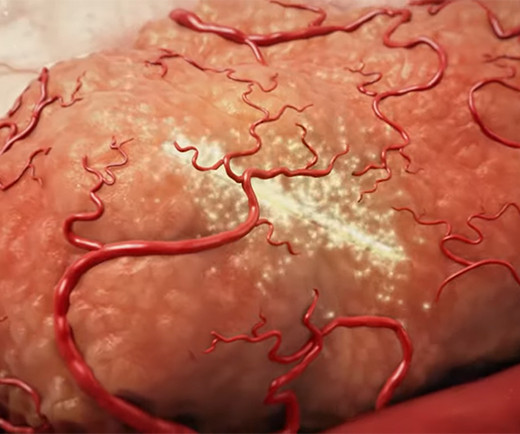
Medgadget
MARCH 2, 2023
Radiation is commonly employed in hospitals around the world to treat tumors, typically using gamma ray beams of high energy photons, with a relatively long range, that penetrate all the tissues on the way to and from the tumor. This leads to substantial damage to healthy tissues and too often results in poor outcomes. An alpha particle, consisting of two protons and two neutrons bound together and akin to a helium-4 nucleus, is much trickier to work with in medicine because it is extremely powe

University of Maryland Department of Emergency Med
MARCH 2, 2023
Non-dihydropyridine calcium channel blockers, verapamil and diltiazem, can induce hypotension when administered intravenously (IV) in approximately 4%.
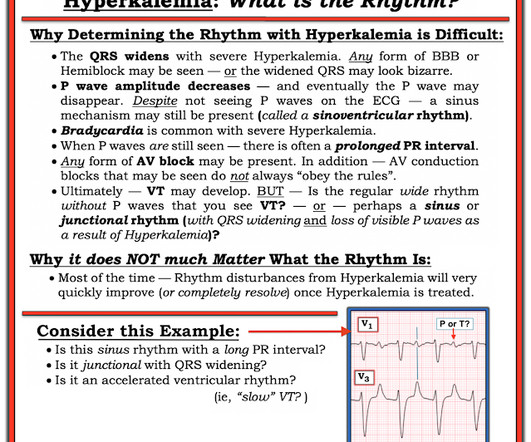
Dr. Smith's ECG Blog
FEBRUARY 27, 2023
I was reading EKGs on the system and came across this one: What do you think? This is diagnostic of hyperkalemia. HyperK can result in all sorts of pseudoSTEMI or pseudoOMI patterns, including ST elevation, ST depression, and large T-waves. These T-waves are tall but have a narrow base and a corresponding flat ST segment (see lead V4). Also, there are no definite P-waves and this is another result of hyperkalemia.

EMS 20/20
MARCH 1, 2023
Spencer let's his playlist decide the title, but can the crew in today's episode decide where all the blood is coming from? Listen and find out! Listen at GuardianCME.com to get free CE! Spencer let's his playlist decide the title, but can the crew in today's episode decide where all the blood is coming from? Listen and find out! Listen at GuardianCME.com to get free CE!
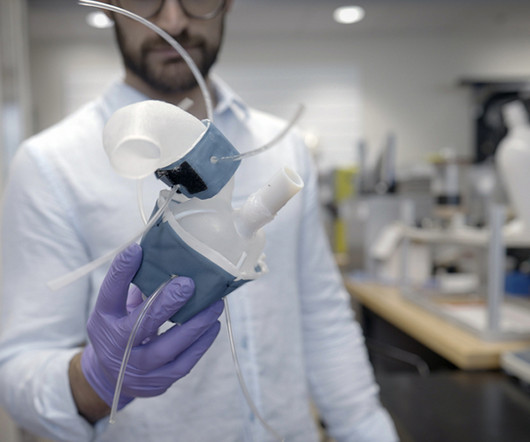
Medgadget
MARCH 1, 2023
Researchers at MIT have developed soft robotic heart replicas that closely match the anatomy of real people. The researchers used medical images of patient hearts to construct computer models that are suitable for 3D printing. Once printed with a soft material, the patient-specific heart models can be actuated using external inflatable sleeves, in the style of blood pressure cuffs, allowing the team to match the blood flow and pressure parameters parameters of the original heart.

University of Maryland Department of Emergency Med
FEBRUARY 28, 2023
Background: There have been a few studies that suggested that there may be some neuroprotective effect with a higher MAP goal in.

University of Maryland Department of Emergency Med
FEBRUARY 25, 2023
In a small study at a single level one trauma center, ? of patients screened positive for illicit fentanyl use prior to violent or intentional injury.

Medgadget
FEBRUARY 28, 2023
Researchers at the Harvard Wyss Institute are collaborating with a biotechnology company called Gameto to develop human ovarian organoids that will allow the study of reproductive and other health issues using tissues that closely mimic those in human patients. Another application may lie in allowing people with fertility issues to conceive. To date, ovarian organoids have been created using a mixture of human and mouse cells, which limits their relevance and translation to human disease.
Let's personalize your content